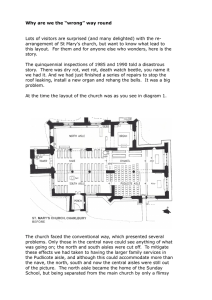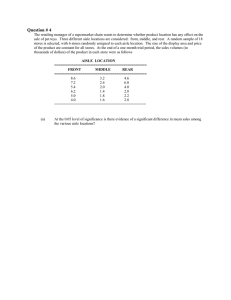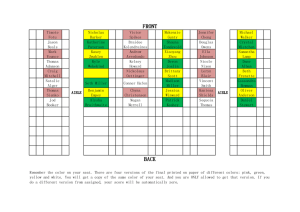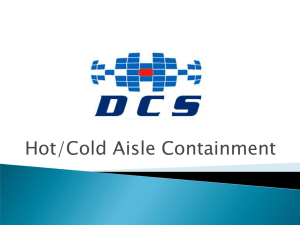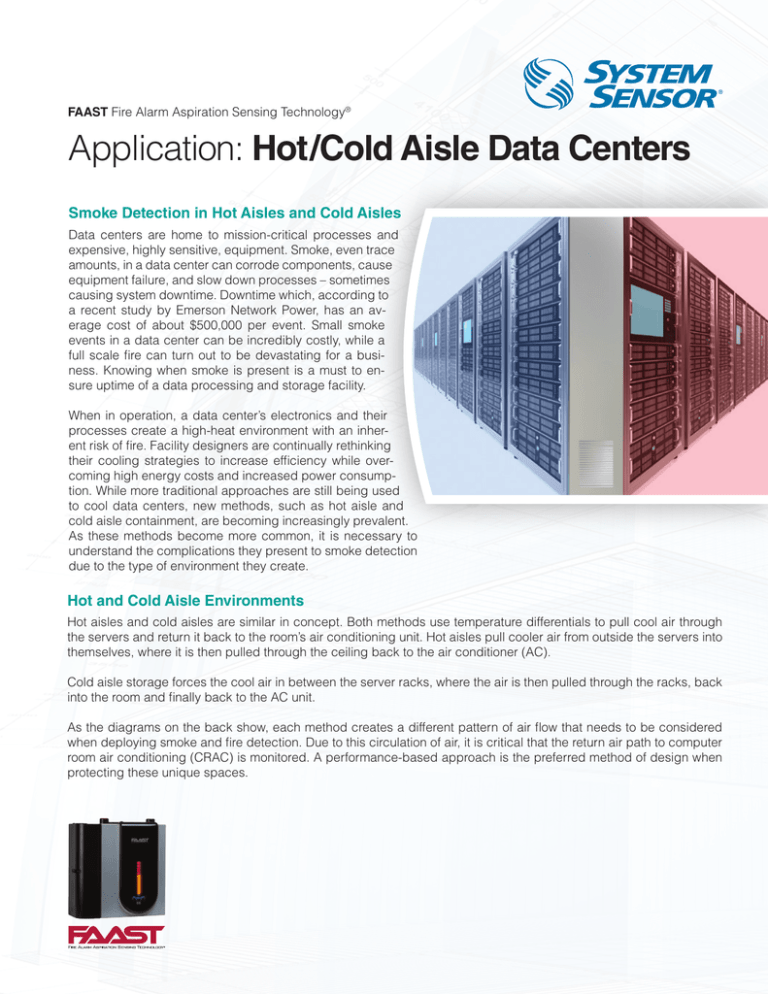
FAAST Fire Alarm Aspiration Sensing Technology®
Application: Hot/Cold Aisle Data Centers
Smoke Detection in Hot Aisles and Cold Aisles
Data centers are home to mission-critical processes and
expensive, highly sensitive, equipment. Smoke, even trace
amounts, in a data center can corrode components, cause
equipment failure, and slow down processes – sometimes
causing system downtime. Downtime which, according to
a recent study by Emerson Network Power, has an average cost of about $500,000 per event. Small smoke
events in a data center can be incredibly costly, while a
full scale fire can turn out to be devastating for a business. Knowing when smoke is present is a must to ensure uptime of a data processing and storage facility.
When in operation, a data center’s electronics and their
processes create a high-heat environment with an inherent risk of fire. Facility designers are continually rethinking
their cooling strategies to increase efficiency while overcoming high energy costs and increased power consumption. While more traditional approaches are still being used
to cool data centers, new methods, such as hot aisle and
cold aisle containment, are becoming increasingly prevalent.
As these methods become more common, it is necessary to
understand the complications they present to smoke detection
due to the type of environment they create.
Hot and Cold Aisle Environments
Hot aisles and cold aisles are similar in concept. Both methods use temperature differentials to pull cool air through
the servers and return it back to the room’s air conditioning unit. Hot aisles pull cooler air from outside the servers into
themselves, where it is then pulled through the ceiling back to the air conditioner (AC).
Cold aisle storage forces the cool air in between the server racks, where the air is then pulled through the racks, back
into the room and finally back to the AC unit.
As the diagrams on the back show, each method creates a different pattern of air flow that needs to be considered
when deploying smoke and fire detection. Due to this circulation of air, it is critical that the return air path to computer
room air conditioning (CRAC) is monitored. A performance-based approach is the preferred method of design when
protecting these unique spaces.
A detector capable of very early warning protection from smoke and fire, such as FAAST Fire Alarm Aspiration Sensing Technology, is ideal for protecting hot aisles and cold aisles as it combines highly sensitive smoke detection with a
flexible pipe network that allows full coverage along the airflows created by the cooling systems.
FAAST is sensitive to 0.00046%/ft obscuration, allowing it to detect fire in its incipient stage before combustion occurs
– even in high-airflow environments such as these. In addition, FAAST employs a two-stage filtration process and Dual
Vision sensing technology – which uses a blue LED to detect smoke and an infrared laser to identify nuisance particulate – to eliminate false alarms and costly downtime. The combination of these technologies gives FAAST unsurpassed
sensitivity and accuracy, ensuring that alarms are coming from smoke and not nuisance particulate, such as dust,
which can be circulated through the air because of the high airflow in hot and cold aisle environments.
FAAST’s five levels of alarm enable facility managers to deploy strategic response methods, depending on the level
of particulate sensed by the detector. An onboard Ethernet port allows monitoring from anywhere in the world over the
Internet using a VPN-capable device. FAAST can even send an email to up to six people when set thresholds are met.
CRAC
Hot Aisle Containment
CRAC
Cold Aisle Containment
©2012 System Sensor. All rights reserved. ASPBR00600 • 9/12 • systemsensor.com

